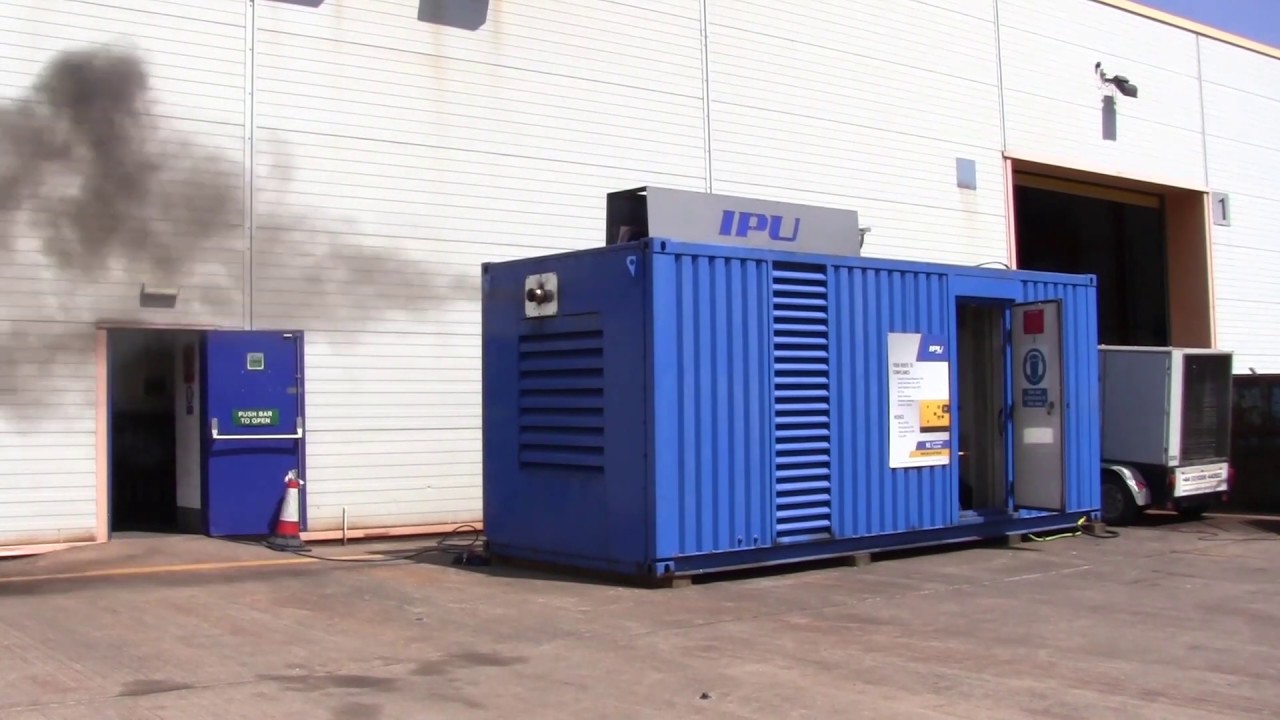TESTING FACILITIES
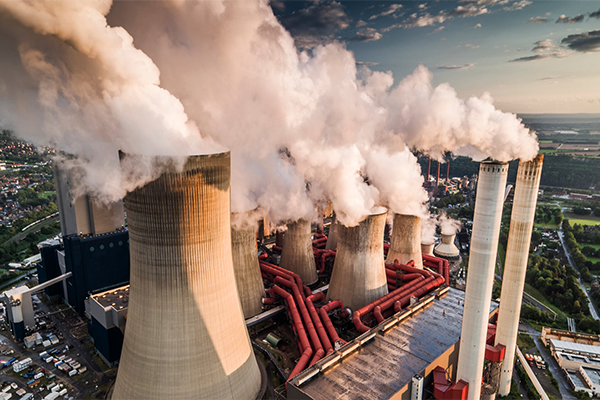
Gaseous Emission
Stacks/boilers/Engines As per Sindh Environmental Quality Standards (SEQS) Non –dispersive infrared detection through flue gas analyzer & Ringleman chart
Vehicular Emission
As per Sindh Environmental Quality Standards (SEQS) Non –dispersive infrared detection through flue gas analyzer & Ringleman chart

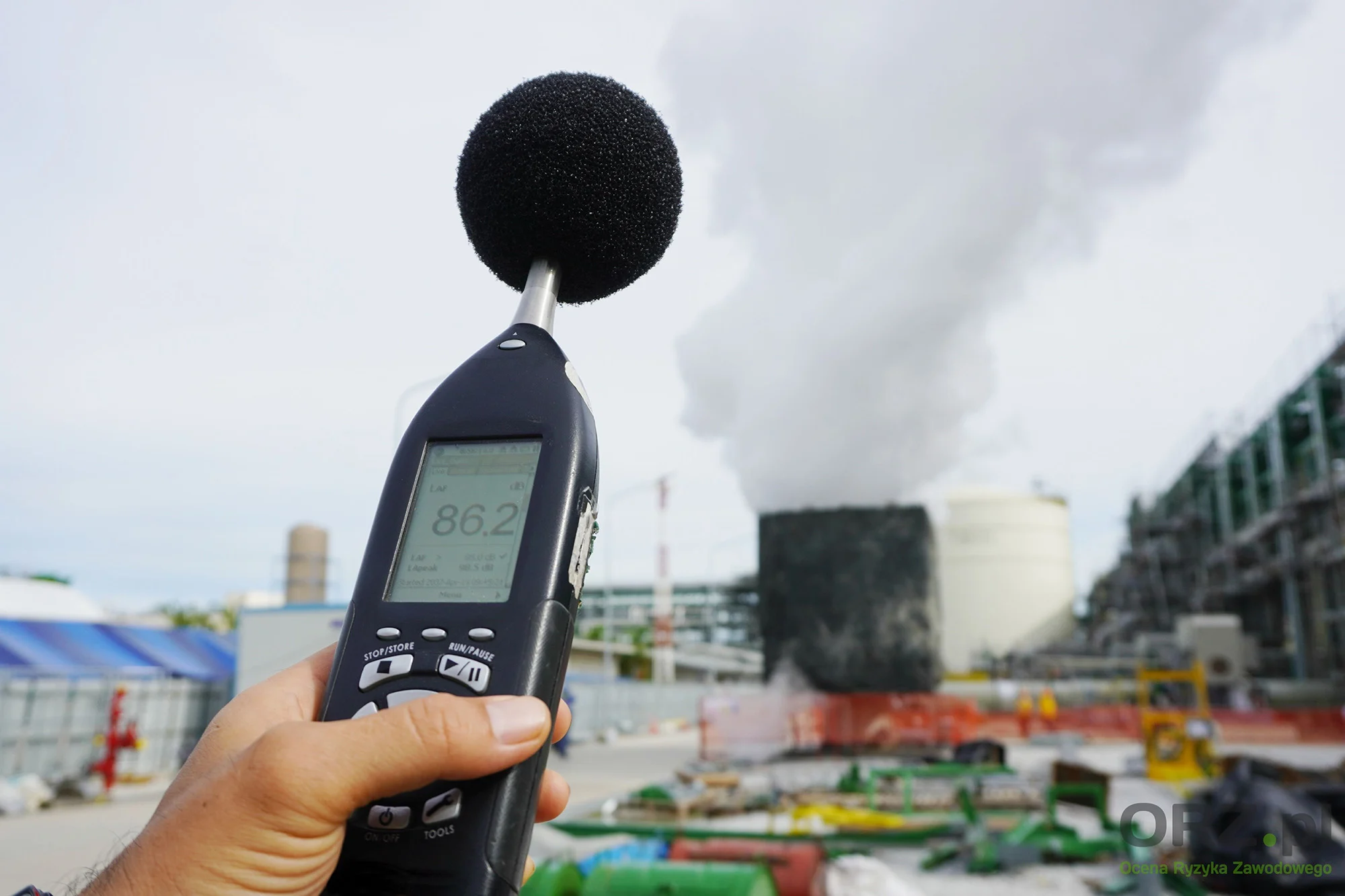
Noise Monitoring
As per Sindh Environmental Quality Standards (SEQS) Ultraviolet fluorescence /Gas phase chemiluminesce / Non dispersive UV absorption/ B-ray absorption /Atomic absorption spectroscopic /non dispersive infrared
Lux Monitoring
As per OSHA guideline Lux monitoring is the process of measuring and tracking the intensity of light in a specific area, expressed in lux (lumens per square meter), to ensure appropriate lighting levels for safety, productivity, and comfort in environments like workplaces, public spaces, and industrial sites.


Air Quality Testing
Air quality testing is the process of analyzing the levels of pollutants, particles, and gases in the air to assess its safety and cleanliness for human health and the environment.
Drinking Water Analysis
As per Sindh Environmental Quality Standards (SEQS) Chemical & Microbiological Analysis 32 Parameters
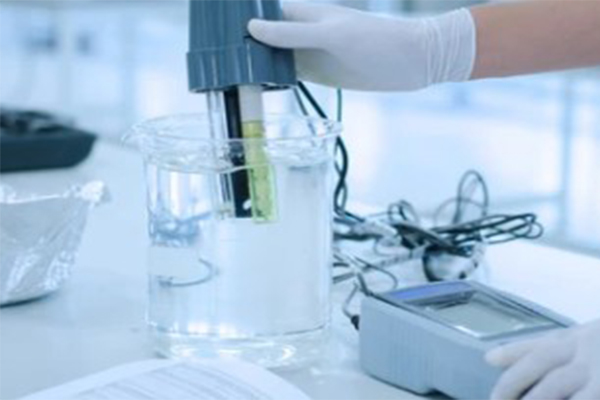

Soil Testing
Soil testing is the analysis of soil samples to determine its nutrient content, composition, pH level, and other properties, used to assess its suitability for agriculture, construction, or environmental purposes.
Fertilizer Testing
Fertilizer testing is the process of analyzing fertilizers to determine their nutrient content, quality, and compliance with regulatory standards, ensuring they provide the correct nutrients for optimal plant growth.

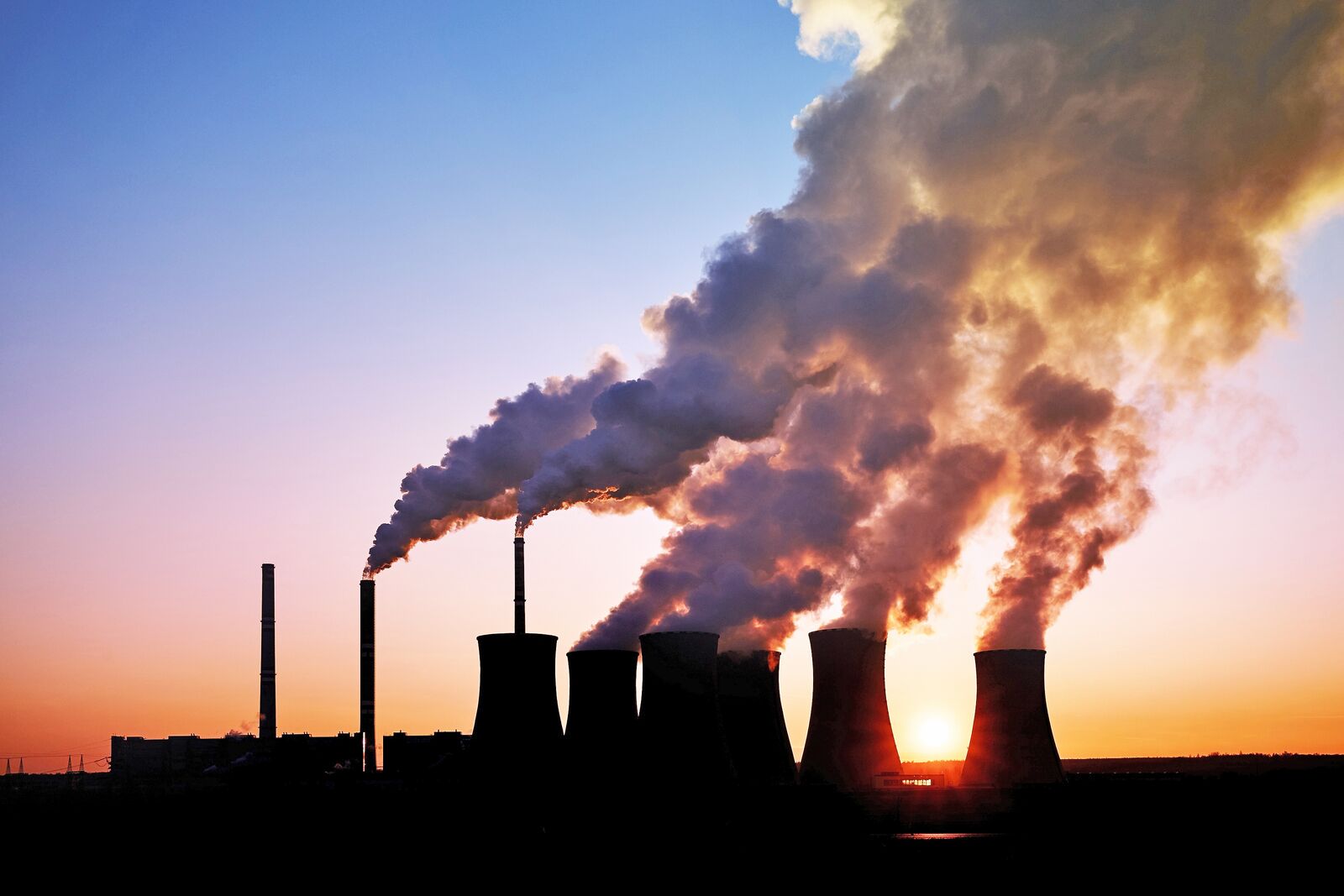
Stack Emission
Stack emission refers to the release of gases, particulate matter, and other pollutants into the atmosphere through industrial chimneys or smokestacks, typically from factories, power plants, or other facilities. Testing and monitoring these emissions help ensure compliance with environmental regulations and assess their impact on air quality.
Generator Emission
Generator emission refers to the release of exhaust gases, particulate matter, and other pollutants produced by the operation of generators, typically those powered by diesel, gasoline, or natural gas. These emissions are monitored to ensure they meet environmental standards and minimize their impact on air quality and public health.
